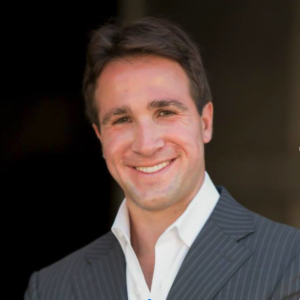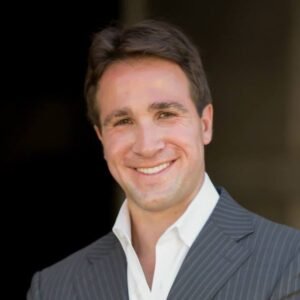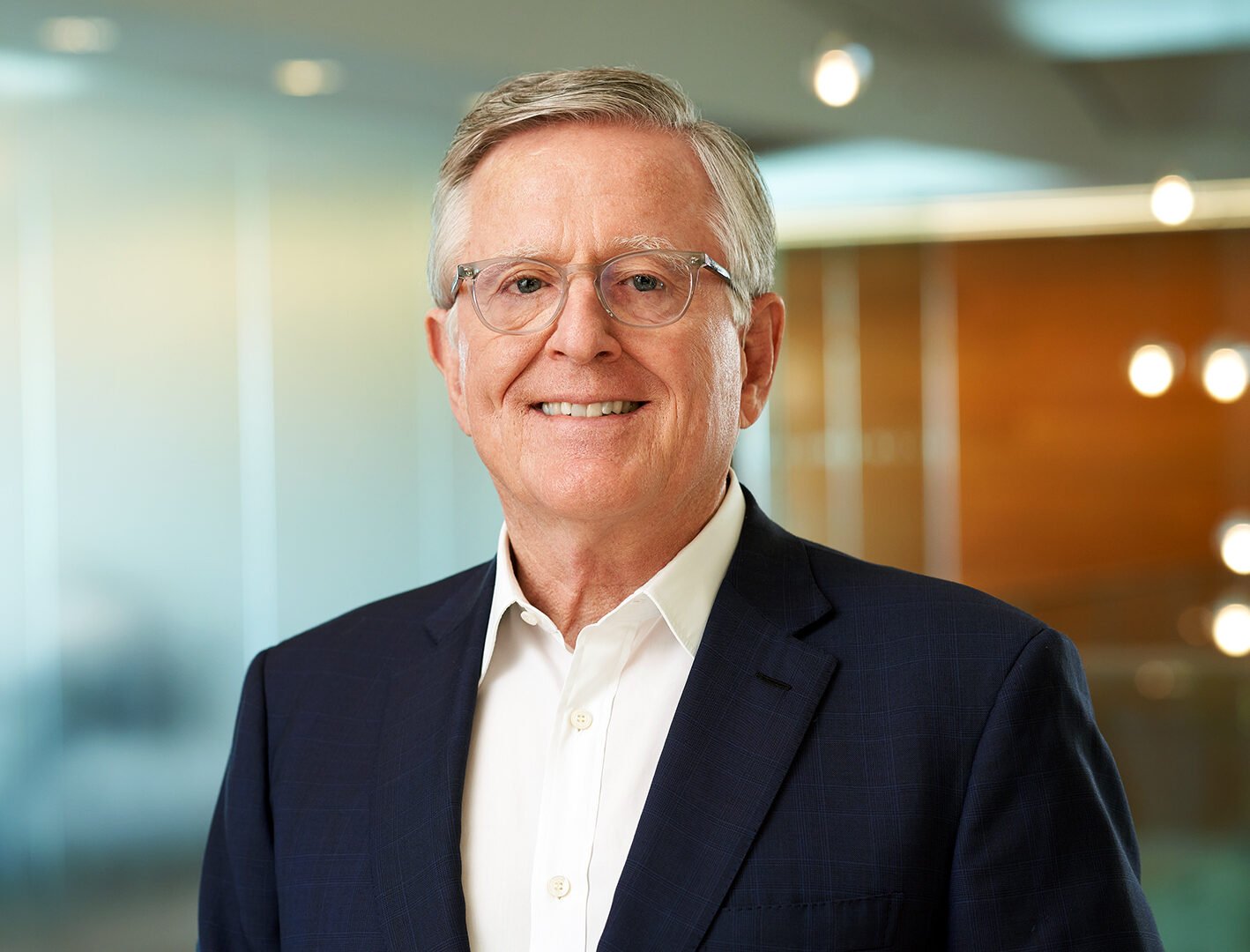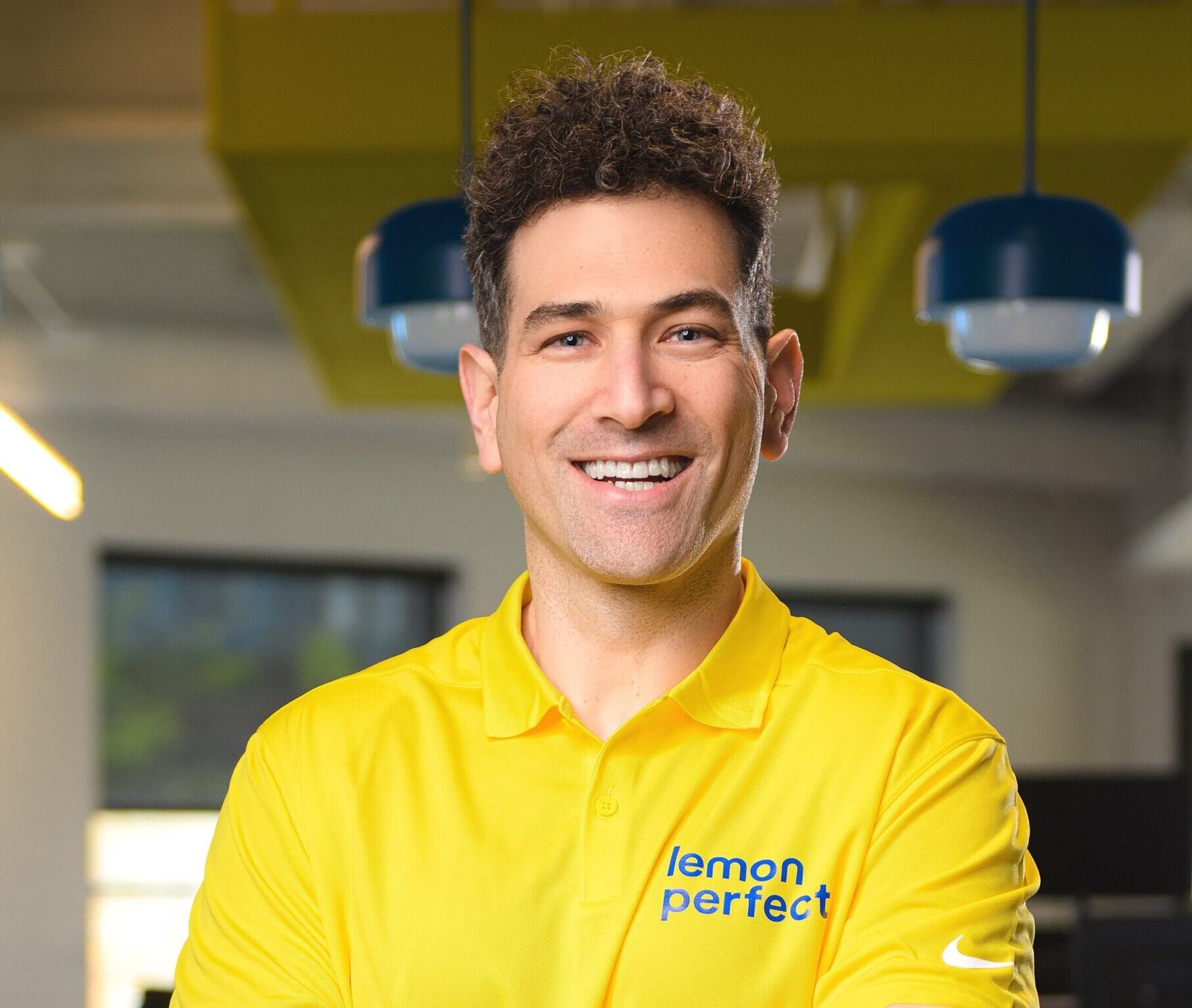Whatever it is, the way you tell your story online can make all the difference.
I recently went one on one with Samuel Sanders. Samuel is the co-founder of Wundershirt, which at its peak sold athletic training clothing to Olympic athletes preparing for the 2016 Olympics., and currently runs Heard, LLC, a software application that helps governments and large companies get targeted and reviewed feedback from their citizens/employees to improve decision making. Samuel is also the author of the new book Your Next Big Idea.
Adam: Thanks again for taking the time to share your advice. First things first, though, I am sure readers would love to learn more about you. How did you get here? What experiences, failures, setbacks or challenges have been most instrumental to your growth?
Samuel: Hi Adam, thank you for having me. Throughout my career, I have seen how the idea and innovation process works at different-sized companies.
I have started multiple startups, both as part of a team and by myself. One of the companies I was a co-founder of was Wundershirt, which at its peak sold athletic training clothing to Olympic athletes preparing for the 2016 Olympics. During the startup growth process, I have been a part of multiple incubators and have watched and observed how many startups came to be.
I have also worked for a company that was part of the Inc. 5000 fastest growing companies. Here, I was selected to be a part of the R&D team to help work towards developing new products. Working at a fast-growing company, you can see how ideas originate and how problems are handled by members of a successful small business team.
Finally, I have worked on business development for a company part of Fortune’s Future 50 list and Fortune’s Fortune 500 list.
In my career, I have been watching and creating ideas for all levels of business from the startup phase, to the high-growth phase— and even for large companies. This has given me a unique perspective on the idea process, allowing me to look at creativity, problem-solving, ideation, and innovation from an angle that most people have not seen.
Taking the lessons from those experiences, I wrote a book, Your Next Big Idea, which tackles the question “How do entrepreneurs, inventors, business leaders and creators come up with their “big ideas?” I wrote this book because I believe there is a disconnect with how we teach creativity and innovation. When teaching about innovation, we always talk about the final product or already successful companies i.e. “the unicorns” or big companies like Apple, Google, and Amazon. We never talk about how they came up with their ideas, or the garage where the business was built— which does us a disservice. It leads many of us to look at these creators and entrepreneurs and say, “I can’t do that; I am just not creative.” When in reality, we just aren’t teaching people how to be creative or innovative. Your Next Big Idea bridges that disconnect.
Currently, I run a company, Heard, LLC. Heard is a software program for local governments that helps them better tap into the innovative ideas of the community they serve. We are in the process of building a version for larger governments and companies as well.
For me, it is not a specific setback or failure. I fail and get set back constantly. For each failure or setback I face, I note down the lesson on it to apply it to a future endeavor. It is important to learn from every single failure — small and large.
Adam: How did you come up with your business ideas? What advice do you have for others on how to come up with great business ideas?
Samuel: Great question. The first thing I tell people is to be hyper-focused on problems. Notice the things that annoy you; focus on the things you “hate.” It is a little backward from our typical thinking patterns. When we have something that happens that we do not like, we try to forget about it or deal with it as quickly as possible, but if you want to find business ideas, this is not the best strategy.
When you notice a problem, ask, “How frustrating is this?” “Am I willing to pay to fix this?” “How many other people are facing this problem?” All business ideas stem from solving problems. The more problems you can notice, the more chances you have to find that great business idea. Also, it does not solely have to be your problems; if you notice other people’s problems, that can also be beneficial.
Adam: How did you know your business idea were worth pursuing? What advice do you have on how to best test business ideas?
Samuel: Once you have an idea, there are three big questions to ask.
-
Is there a market for the idea?
-
Does the market want it now?
-
Do I have access to the resources to make my idea happen?
The first question is a relatively common but often skipped question for young entrepreneurs. Before moving forward with an idea, you need to have a really good sense of who would want your idea or product, and who is facing the problem your idea looks to solve. This ultimately could be two different people. For example, if you make a kids product, the person who wants the product would probably be a child. However, the person you are solving the problem for could be the parent. It is important to have a clearly identified market. Also, this is an evolving process. Markets change constantly, so if you are an already established business, it’s crucial to keep that in mind.
The second question is a bit more surprising. The founder of Idea Lab, Bill Gross, ran an experiment with 200 companies and found that timing accounted for 42% of business success. Timing is important. If I started a typewriter company now, the market will be much smaller than years ago when the typewriter was popular. Even if you have a market, your business will fail if the market is not ready for the idea or if you are coming in too late.
Lastly, it is important to understand what resources you have. Resources can be anything from people, funding, a physical product — anything that can make your idea a reality. If you don’t have a resource, you can ask four questions:
-
Can I make it happen on my own?
Can you learn the things you need to solve for the resource need?
-
Can I get the resources I need to make it happen in-house?
Is there someone on your team that can solve the resource need?
-
Can I get the resources to make it happen from an external source?
Is there a company or external source that can solve your resource need?
-
Can I find someone who will work with me to make it happen?
Can you find someone to hire or work with you to help solve your resource need?
If you feel like you have a market that wants the idea now and have the resources to pull off the idea, you will have a good chance of success.
Adam: You write about idea generation in your new book. What do you hope readers take away? What are your best tips on idea generation?
Samuel: I hope that readers can read my book and better understand how innovation works. Whether they want to apply it to their job, personal life, or even start a company, this book has something that everyone can use to help propel themselves forward.
I would say the best tip is to practice. If this kind of thinking does not come naturally for you, keep working at it, practice a little bit each day. When writing Your Next Big Idea I actually made sure to adjust the order of the information based on how comfortable the reader felt. If you wanted more practice, you could move to a different section of the book (like a choose your own adventure), versus if you felt confident, you could continue on. Not all of this will come as easily and naturally to everyone, but with practice, you can get to a point where you feel both creative and innovative.
Adam: How can leaders create a culture that fuels creativity and innovation?
Samuel: I often get asked this question and the question I ask back to them is, “How much time are you making to create a culture that fuels creativity and innovation?” The thing about creativity and innovation is that they are almost never urgent. There is always that project that will need to be done, or that task that needs to get finished, and it is easy to push creativity and innovation to the side. It is essential to make time for these activities, otherwise, you are more likely to become out-innovated. You would be surprised at how making time for creativity and innovation within your organization will spur some truly ground-breaking ideas.
Adam: In your experience, what are the defining qualities of an effective leader? How can leaders and aspiring leaders take their leadership skills to the next level?
Samuel: The two most important skills a leader needs to have are listening skills and adaptability skills. The reason those two skills are the most important is because leadership is not necessarily about the leader, but more about the people being led. For example, some employees may want a little more autonomy, while others may need more help. A good leader is going to listen to employees and their ideas, refine, adjust, and adapt their skills to give each member of the team the experience that they need to be successful.
Adam: What are your three best tips applicable to entrepreneurs and business leaders?
Samuel:
-
Don’t stop the innovation process at any point. You may be a market leader or be one of the most innovative companies out there, however, there is always going to be another company looking to out-innovate you so it is vital to continue to innovate consistently.
-
Build a strong team. You can only do so much on your own. Building a team that challenges you but at the same time pushes your vision forward is key to success.
-
Give yourself some time to take a break. We have such an aggressive culture of constantly working as an entrepreneur. However, when you give yourself a break or travel somewhere new, that will often give you the refresh you need to be more productive and get clarity on direction and innovation.
Adam: What are your best tips for entrepreneurs on sales and marketing?
Samuel: There is a joke in entrepreneurship that you should always go after “the three Fs” when looking for your first sales: friends, family, and fools. But more importantly, as you are trying to scale sales, focus on past customers. Even when we see a product we like, we often look for reviews and see if other people like the idea. Building new customers off of proof from past customers is a strategy that often leads to success.
Adam: What is the single best piece of advice you have ever received?
Samuel: I really love this quote from civil rights activist, poet, and author, Maya Angelou, “You can’t use up creativity. The more you use, the more you have.” As adults, we often don’t give ourselves enough time to be creative and have fun. This quote reminds me that once you get started on that path, it will reward you greatly.
Adam: Is there anything else you would like to share? (OPTIONAL)
Samuel: If you are interested in purchasing my new book, Your Next Big Idea, it is out now, and you can purchase a copy here: https://www.yournextbigideabook.com/shop. If you want to connect about Heard, feel free to contact me at sam.sanders@heardllc.com. Thanks again, Adam!









